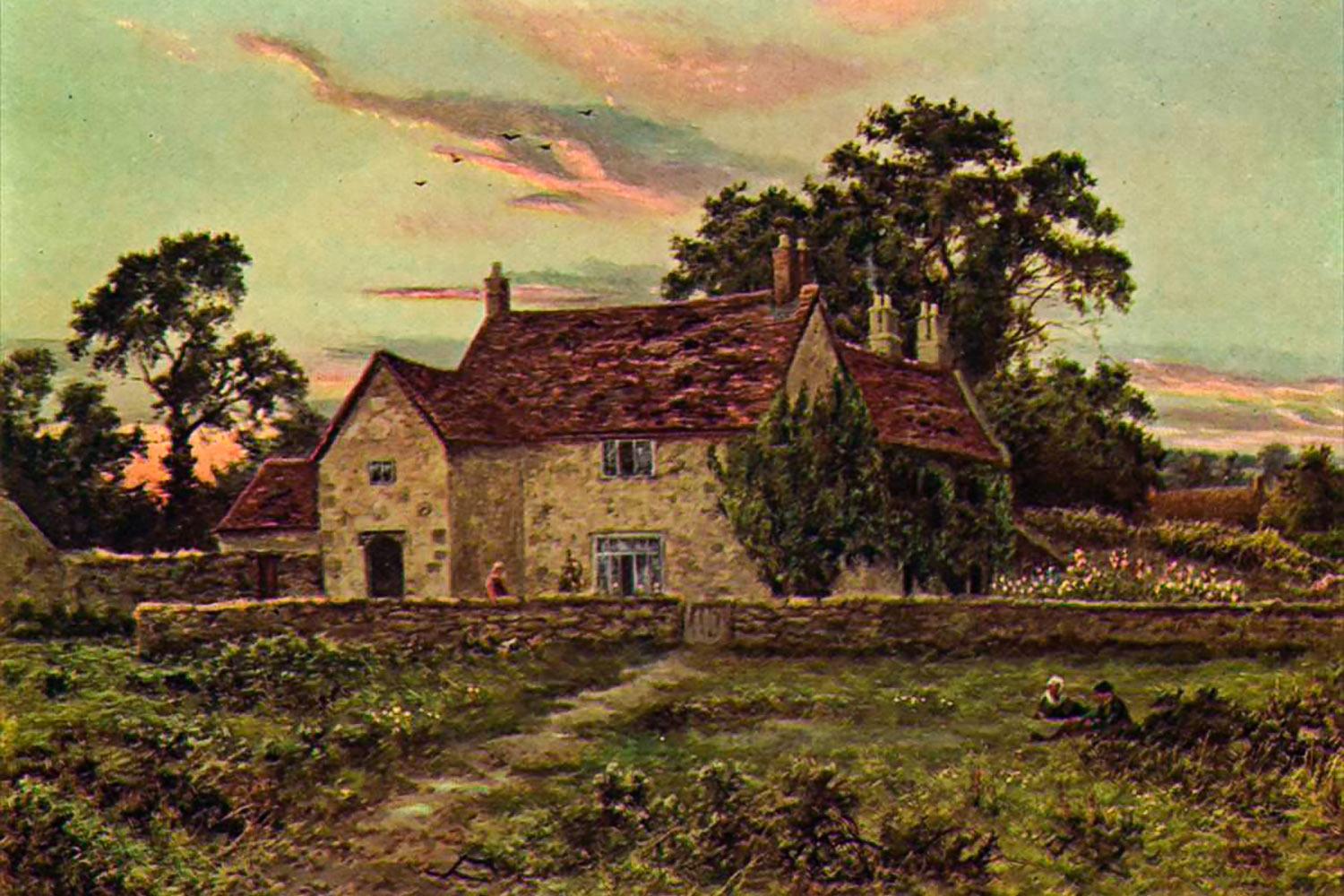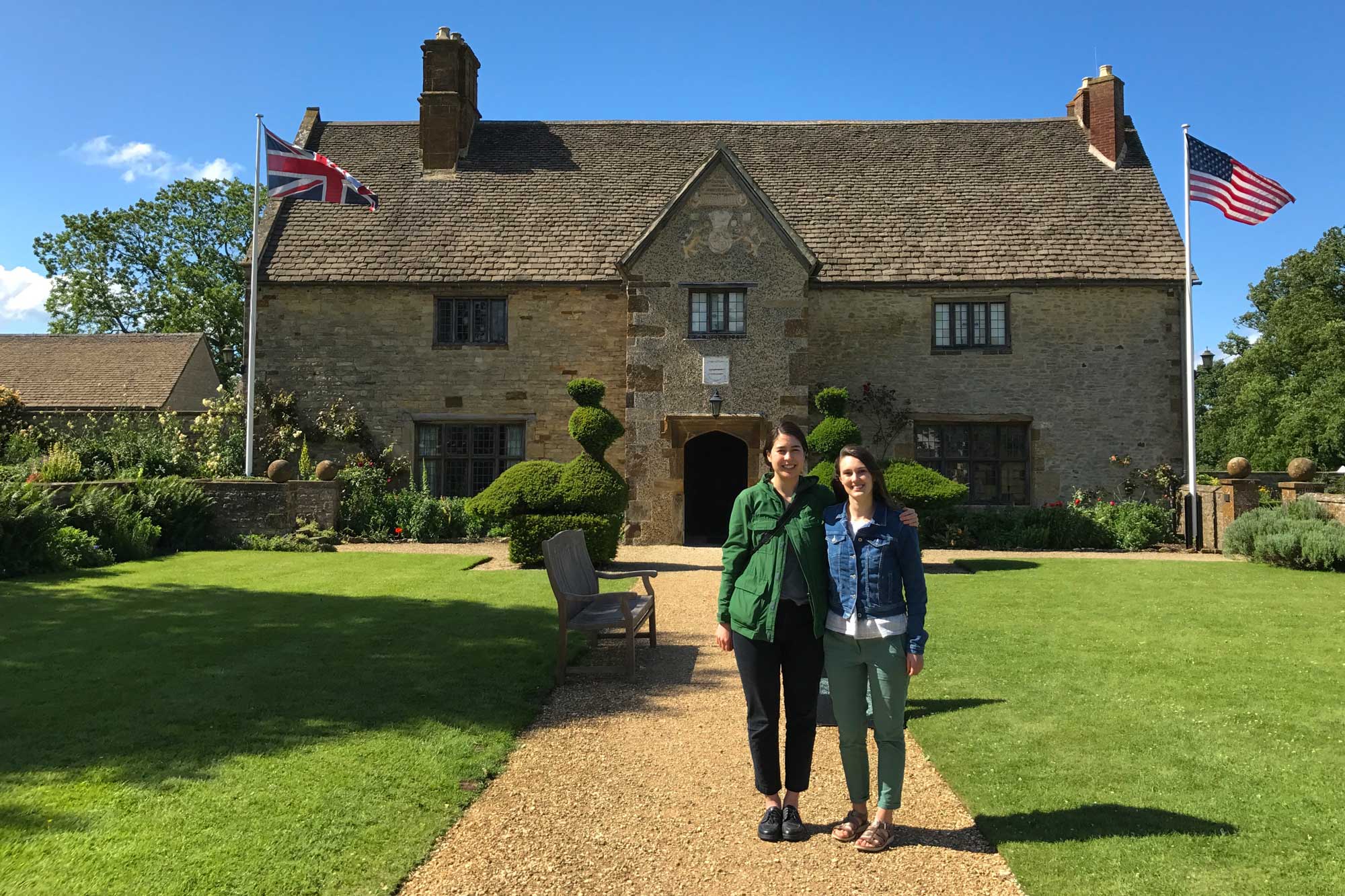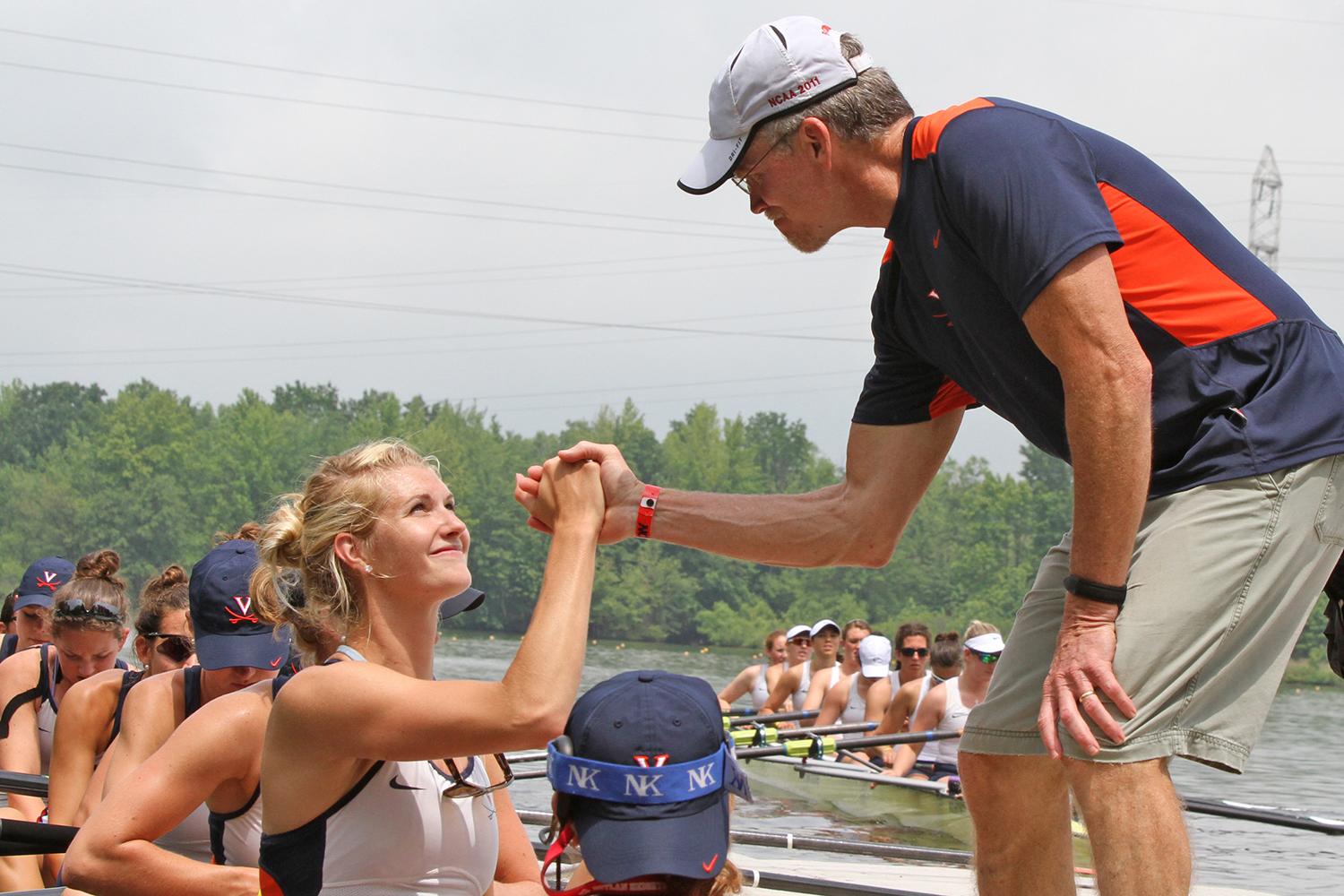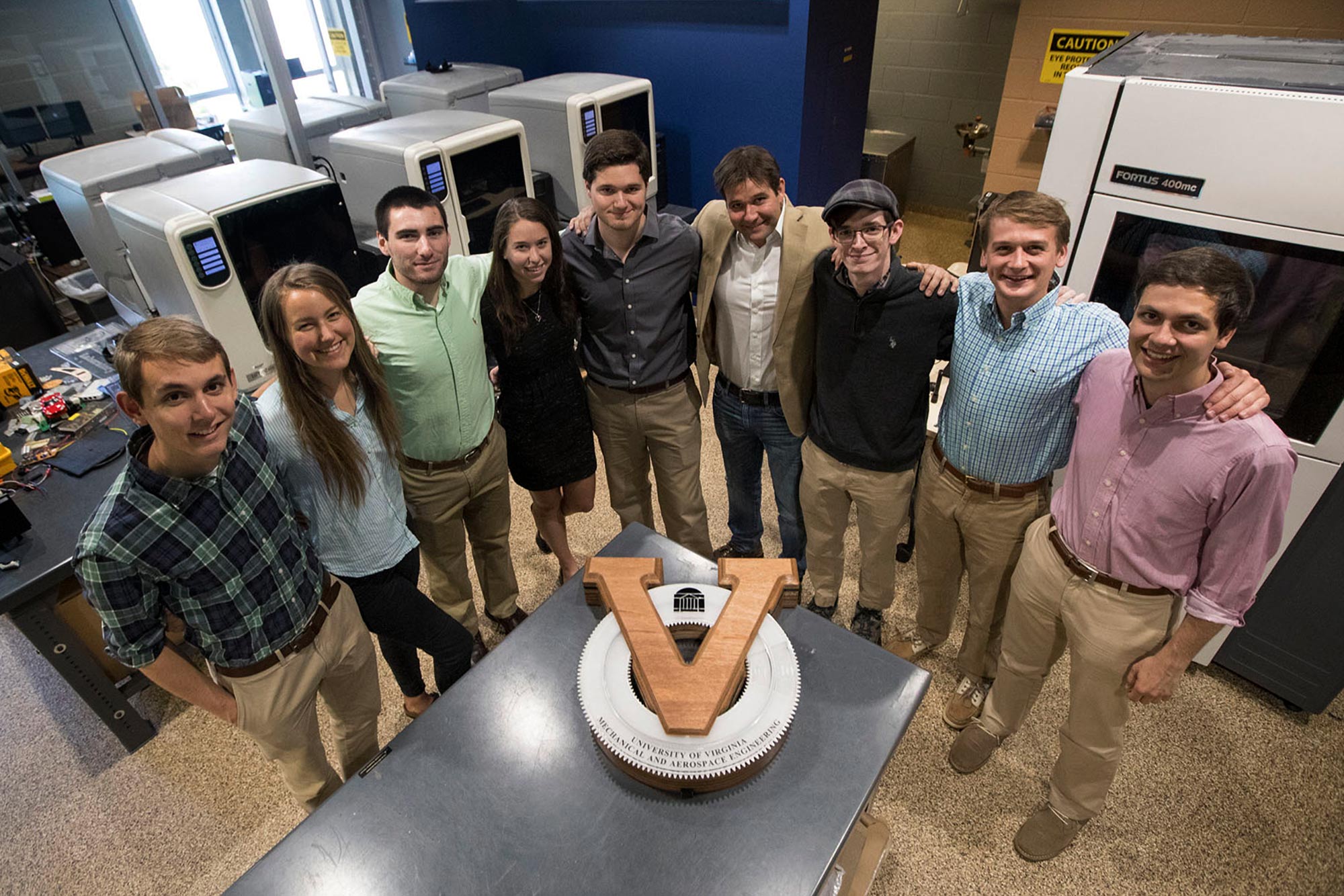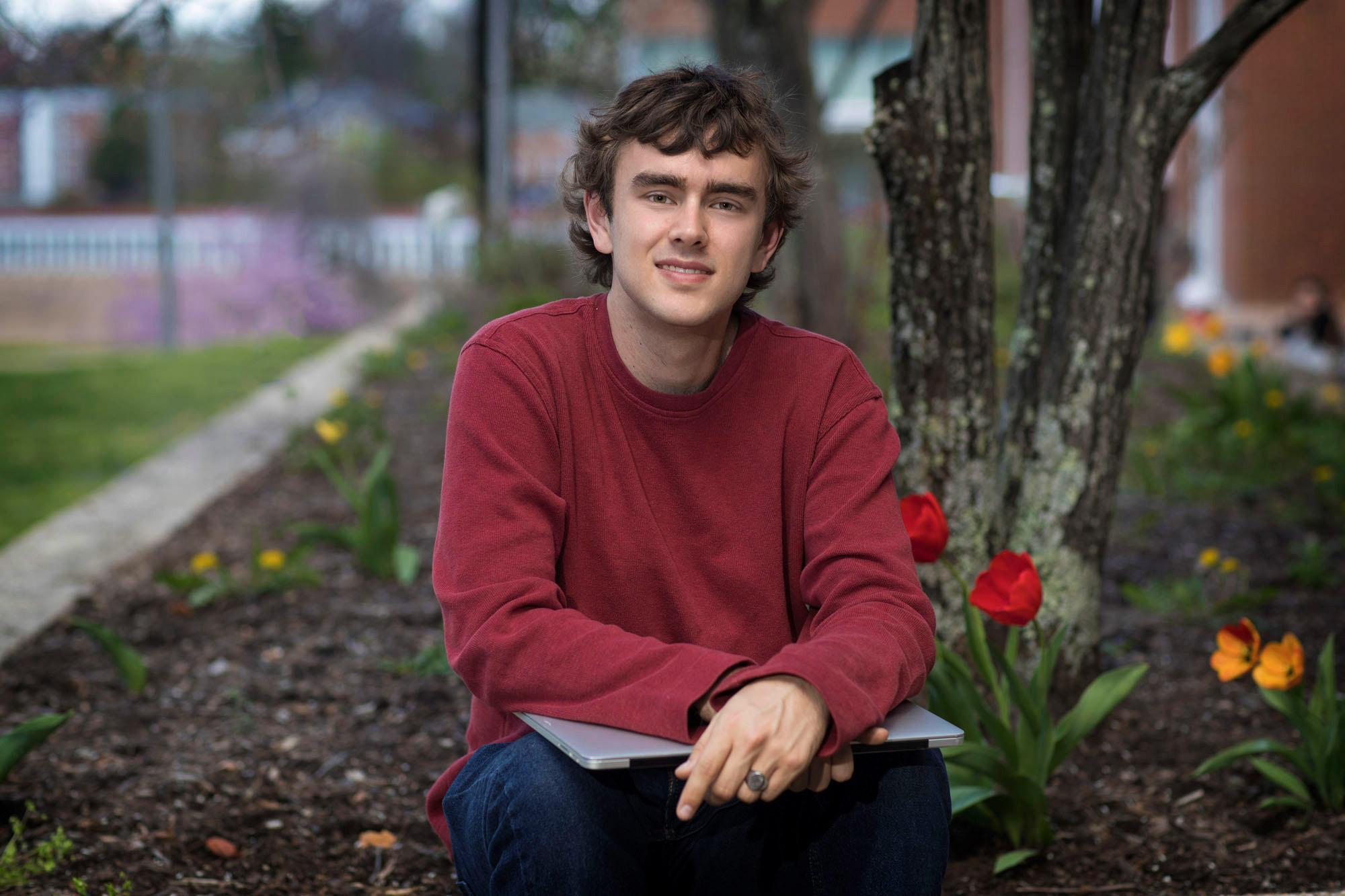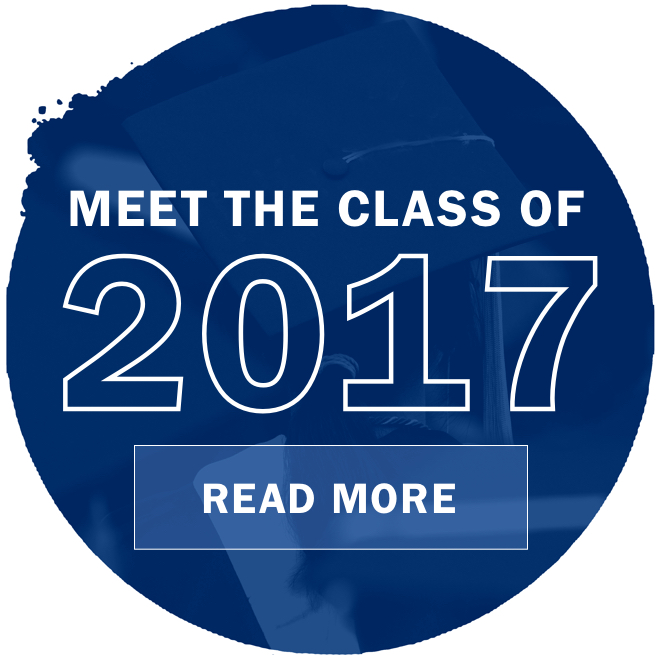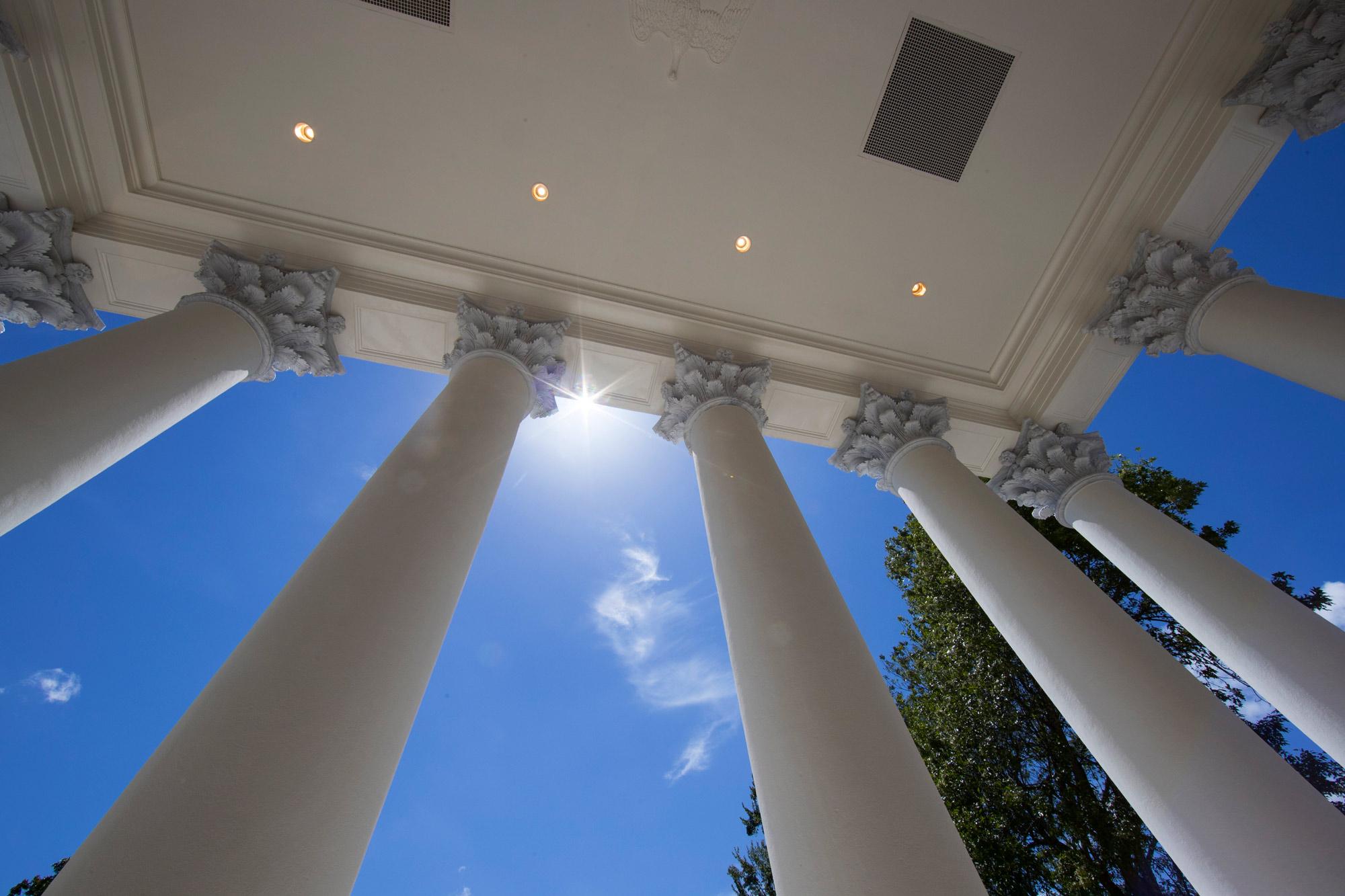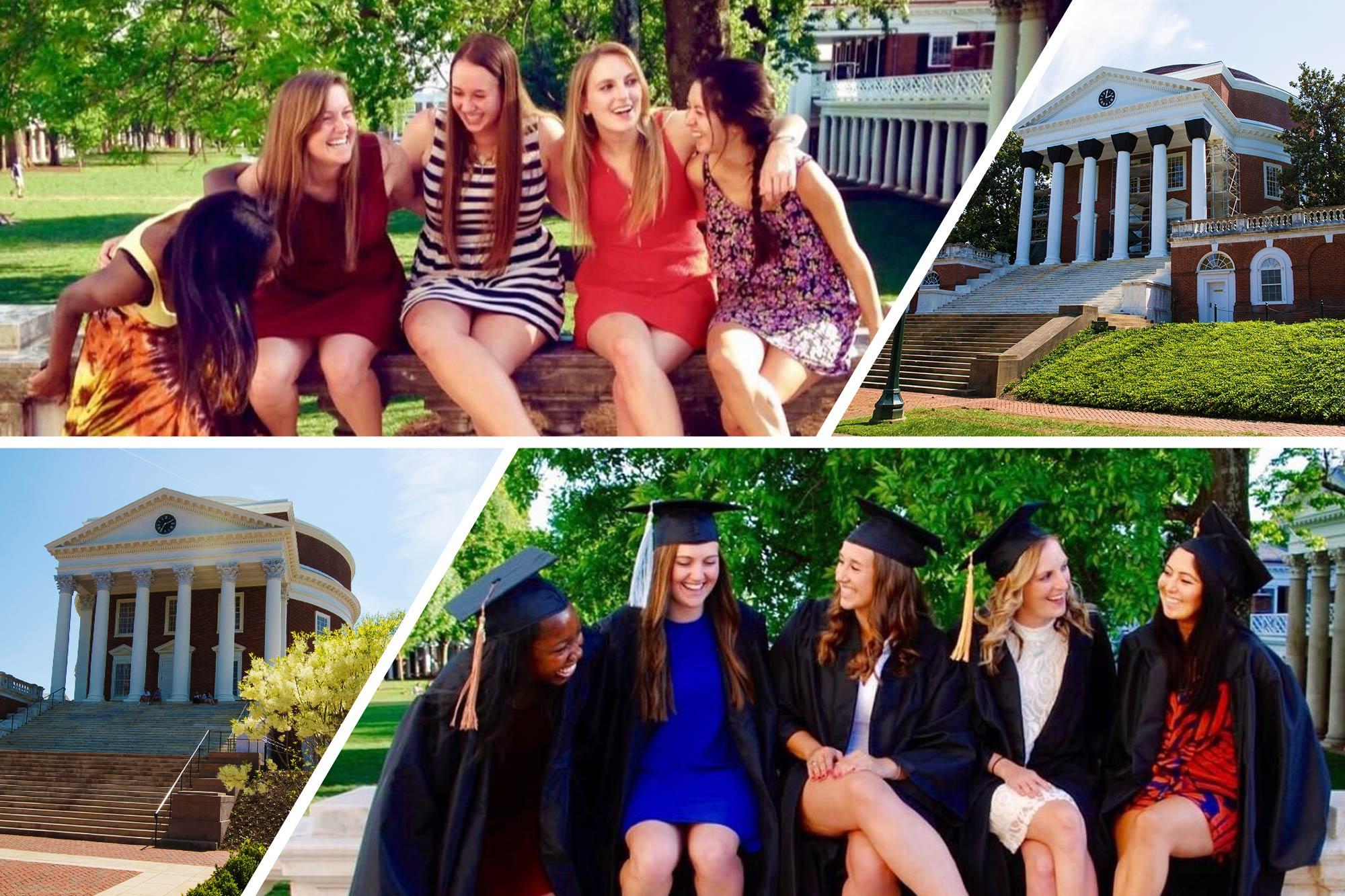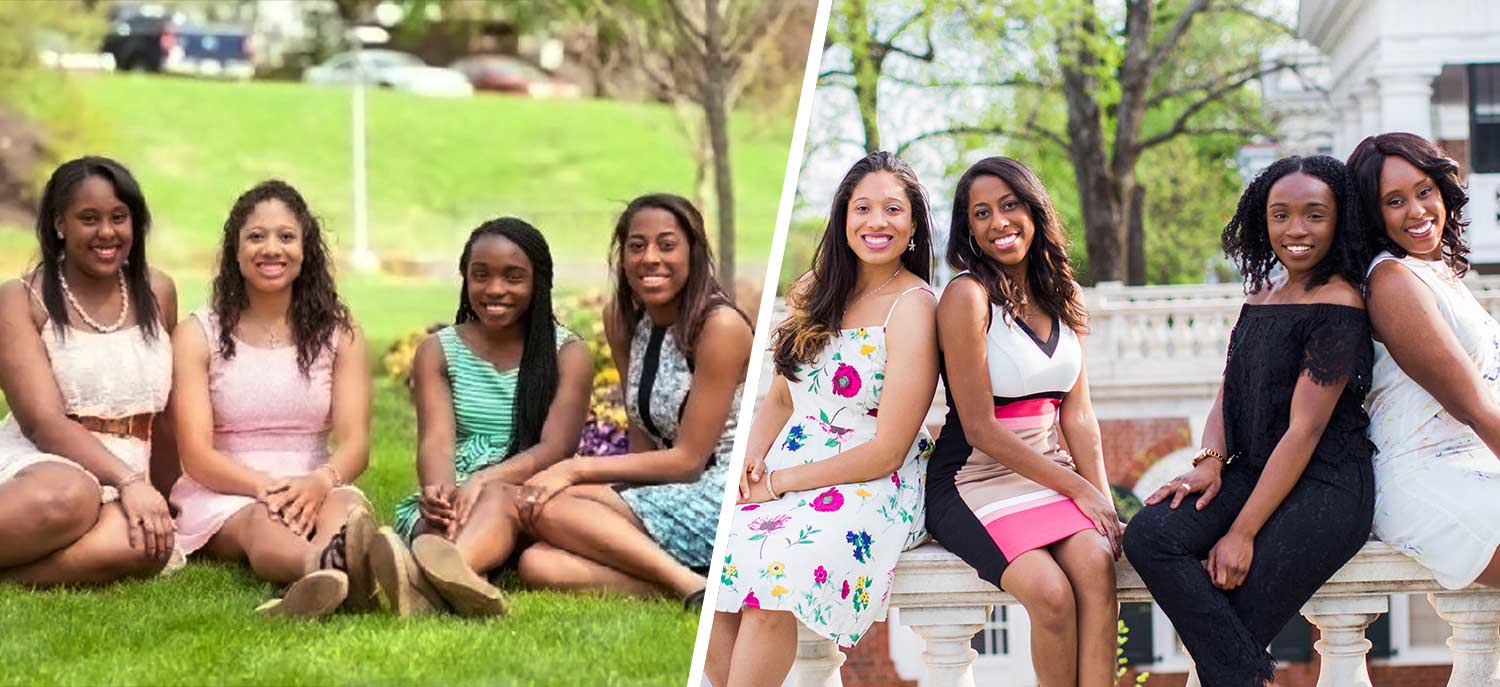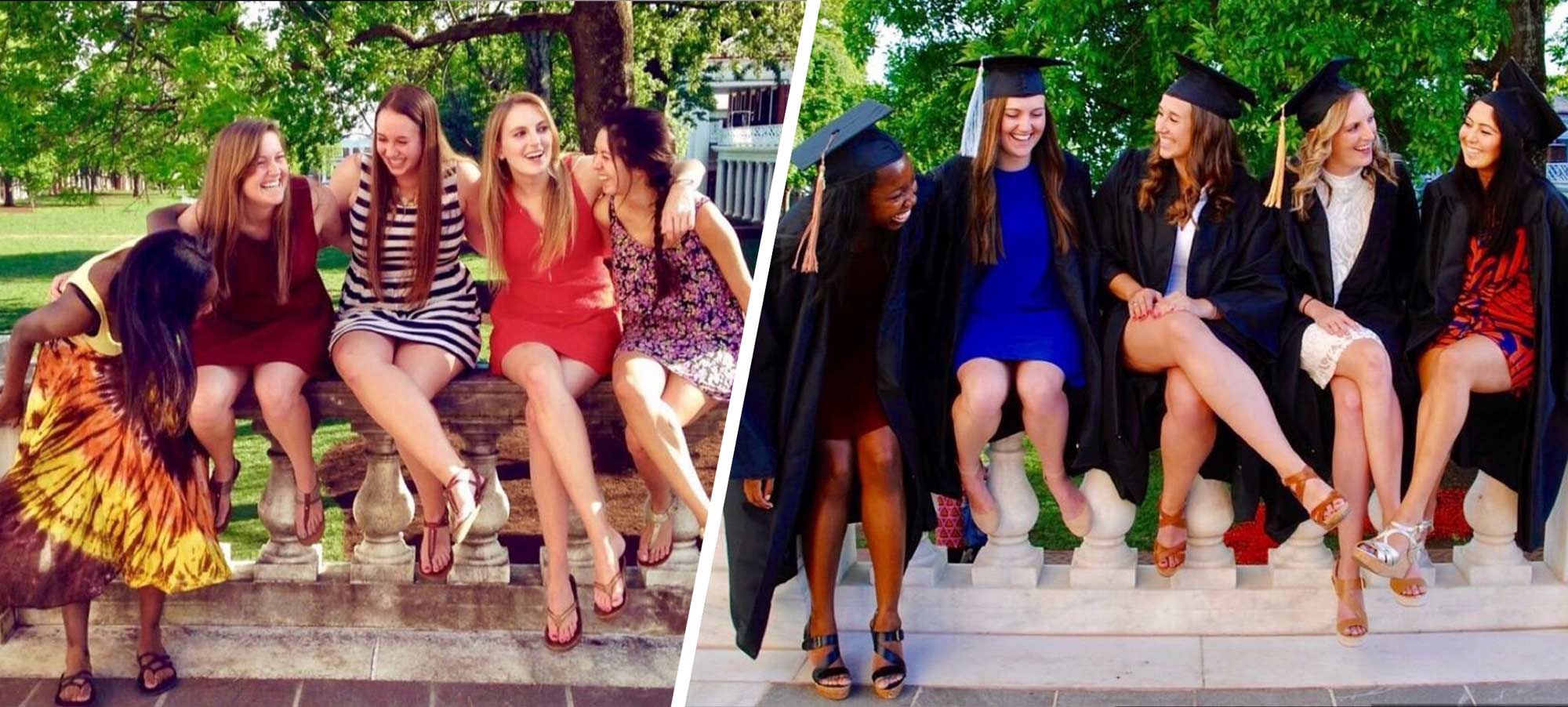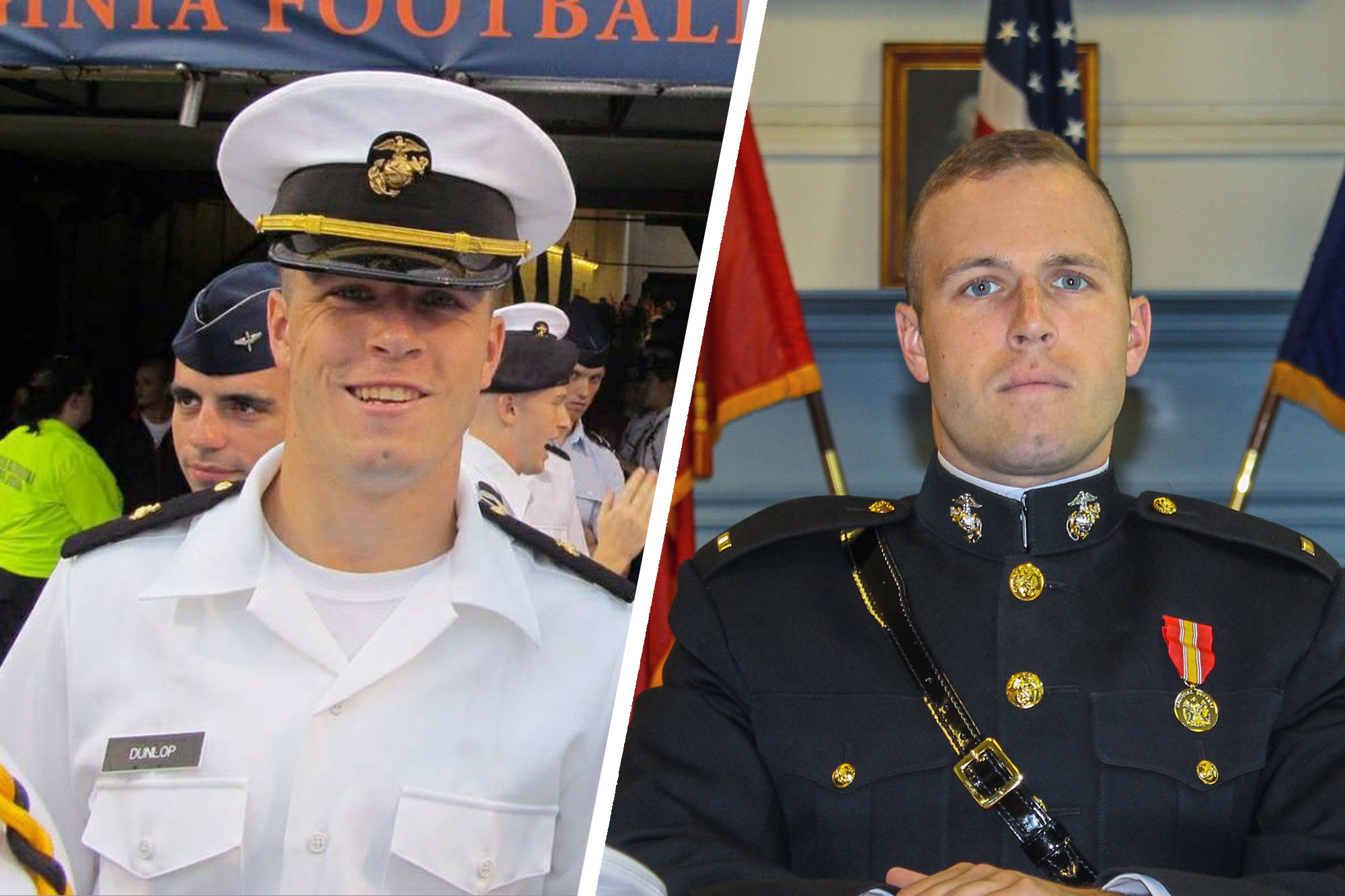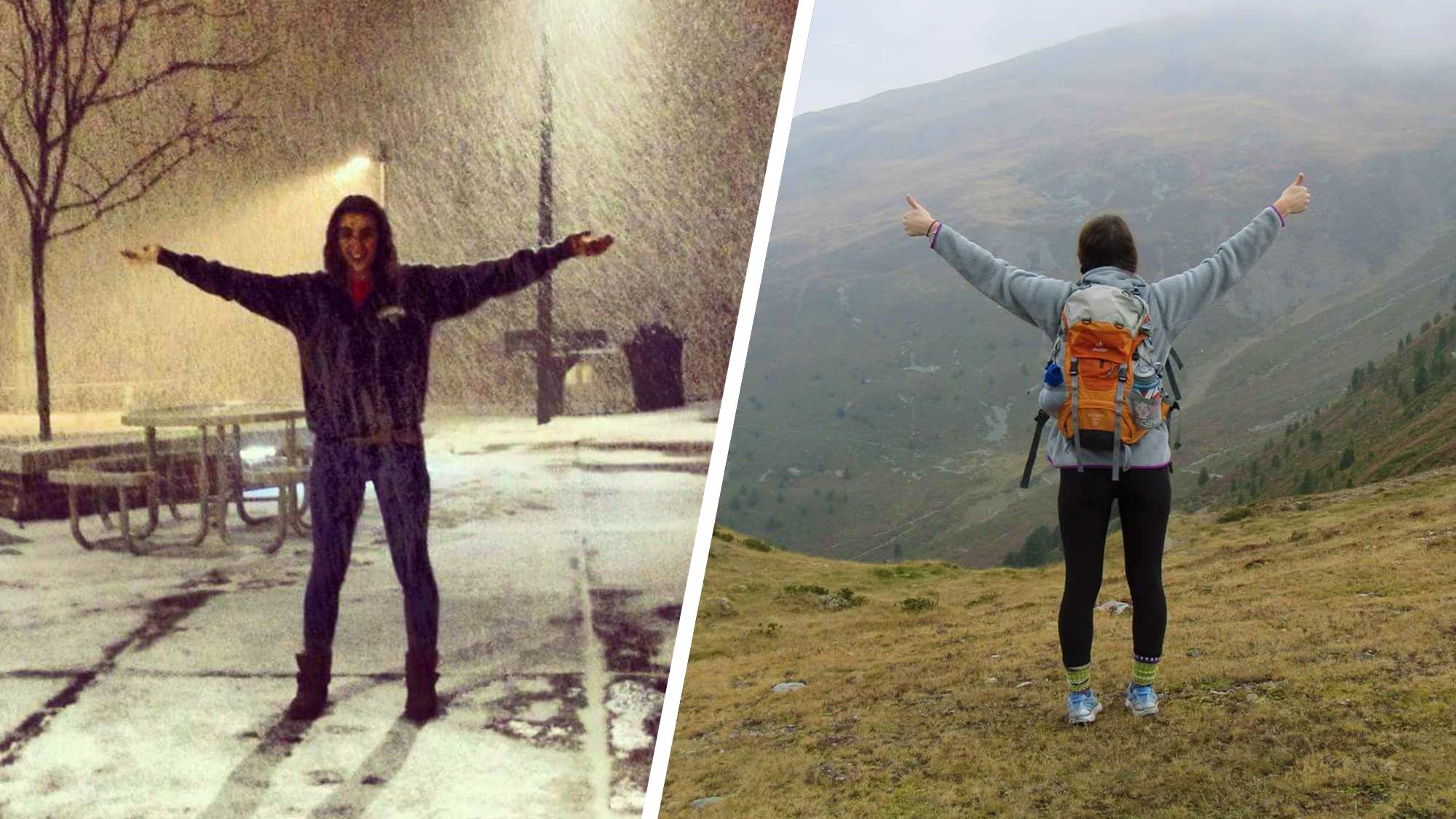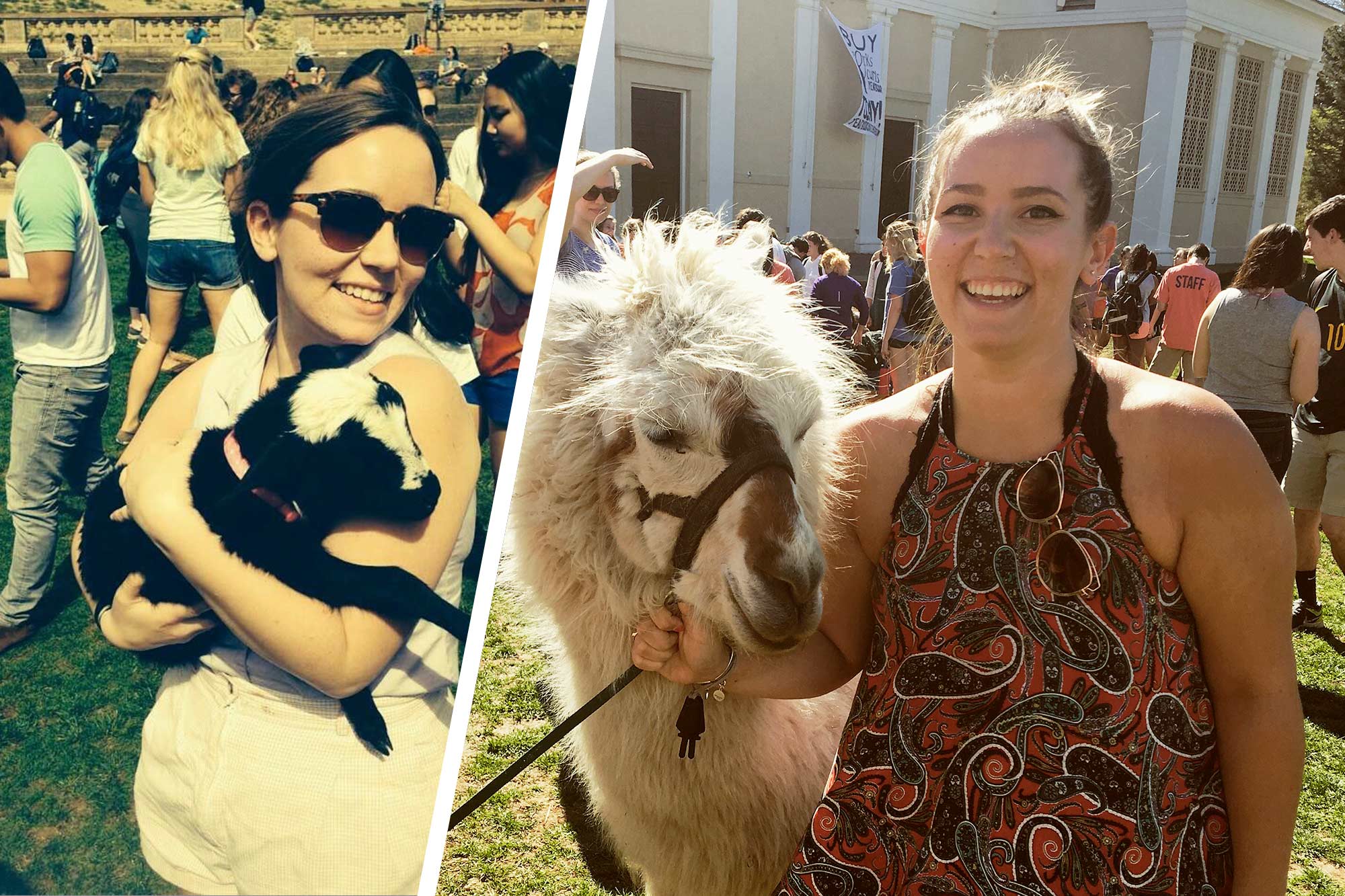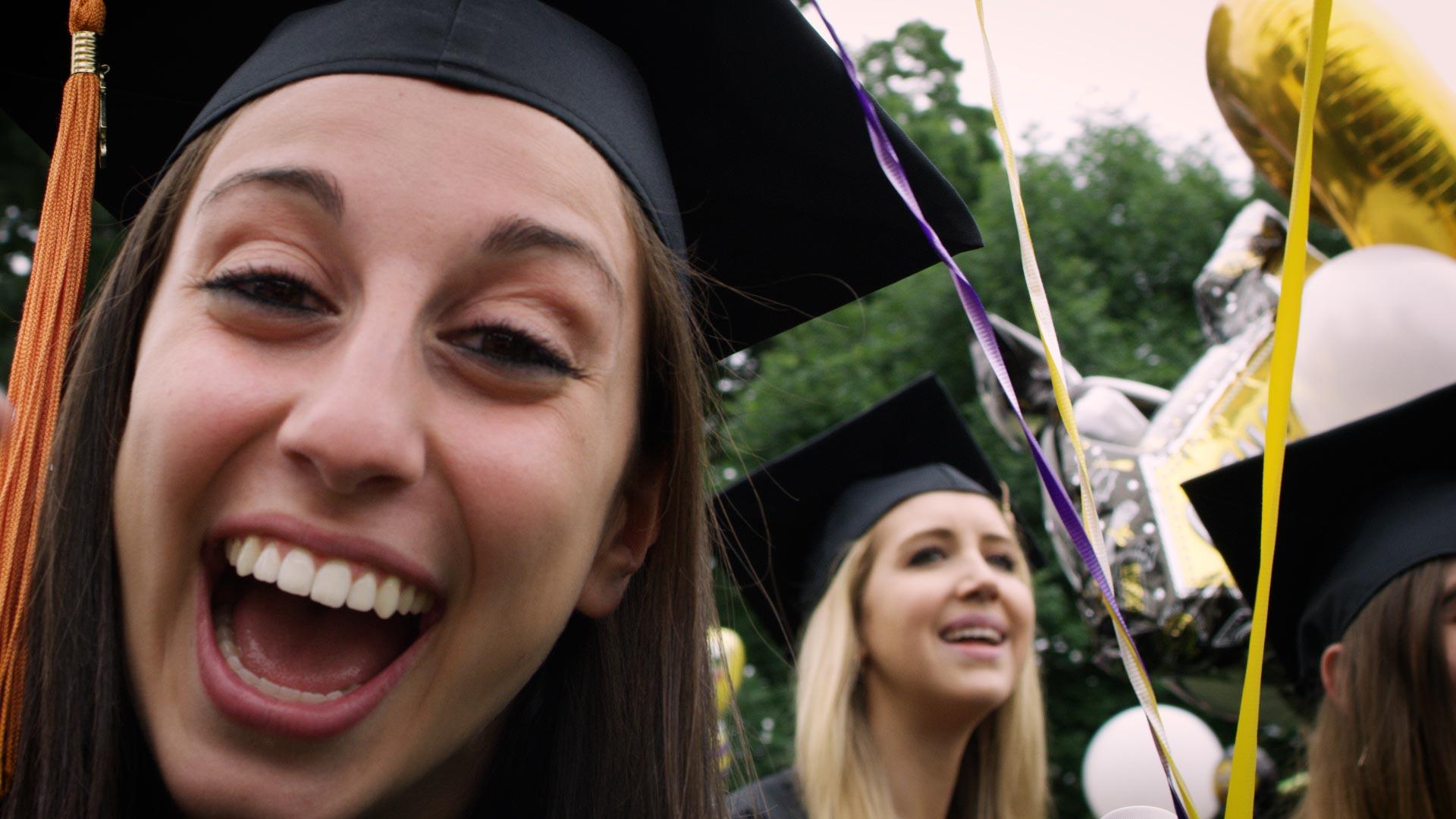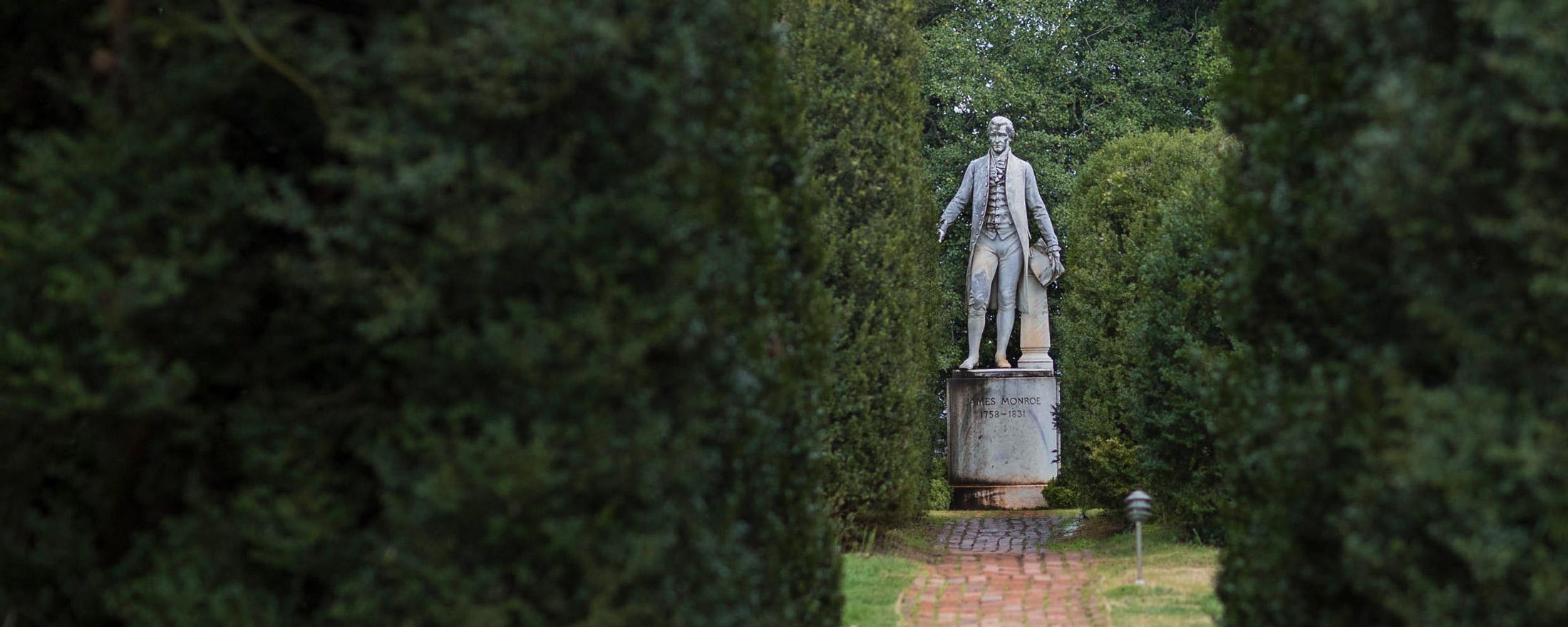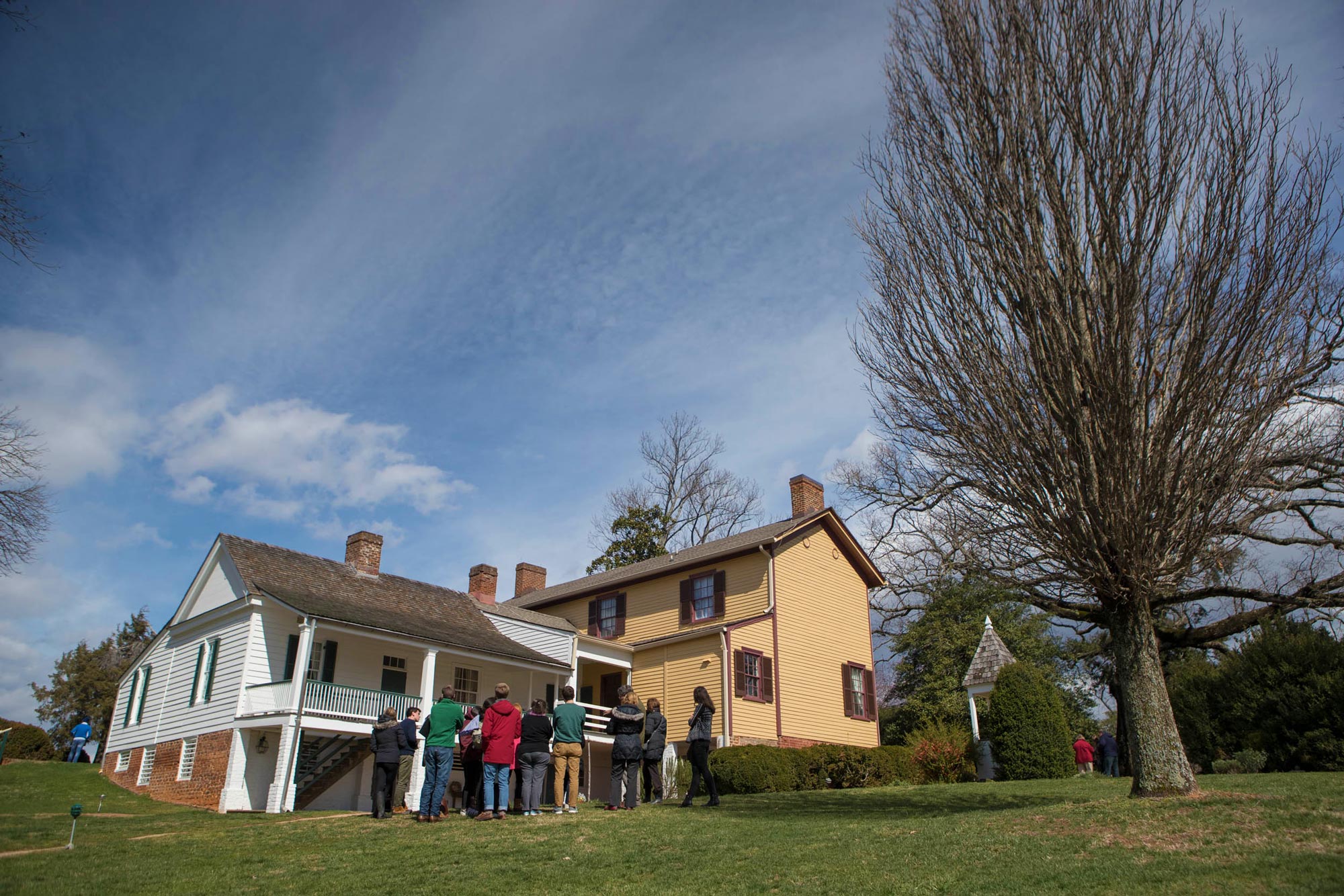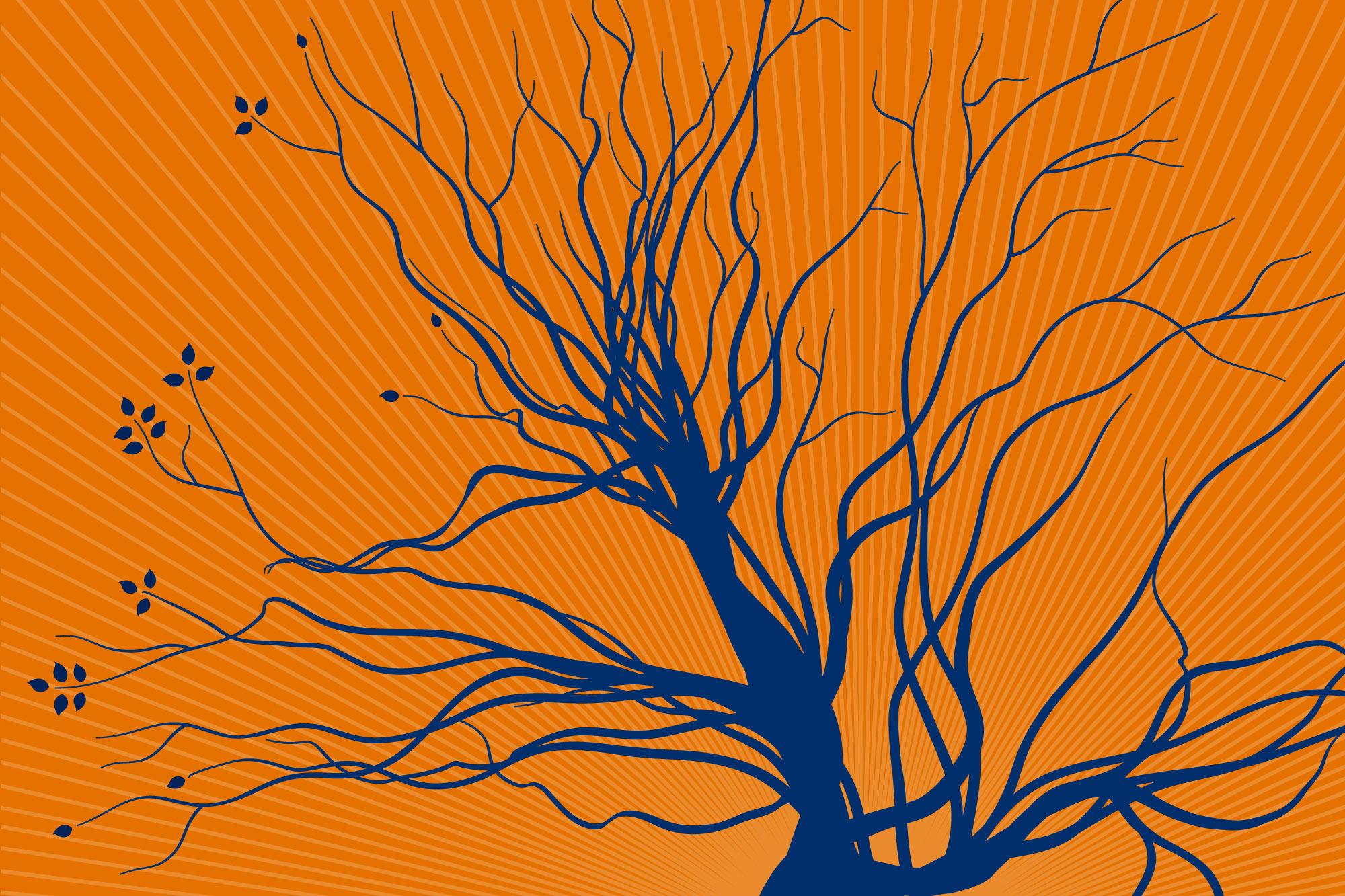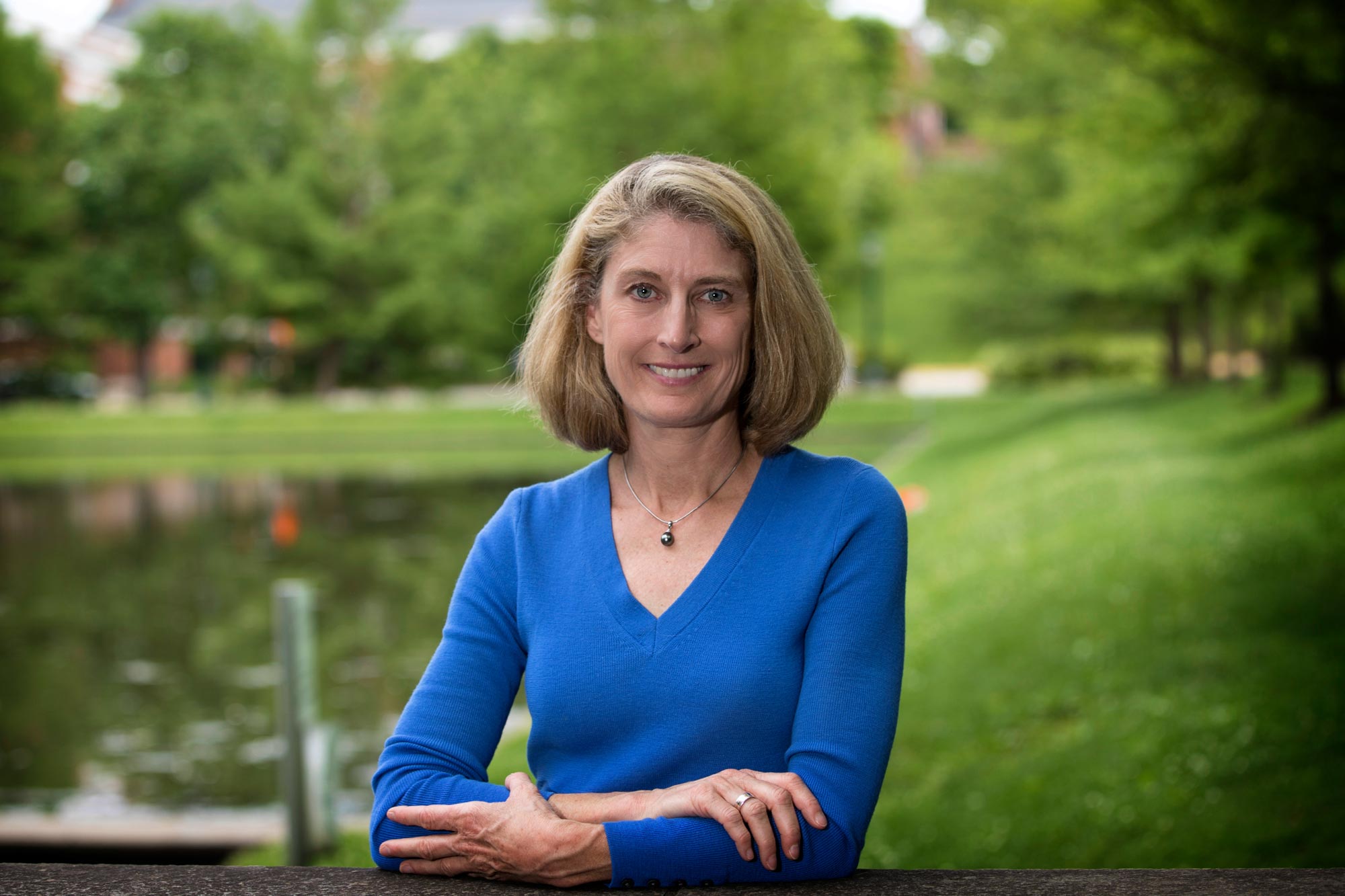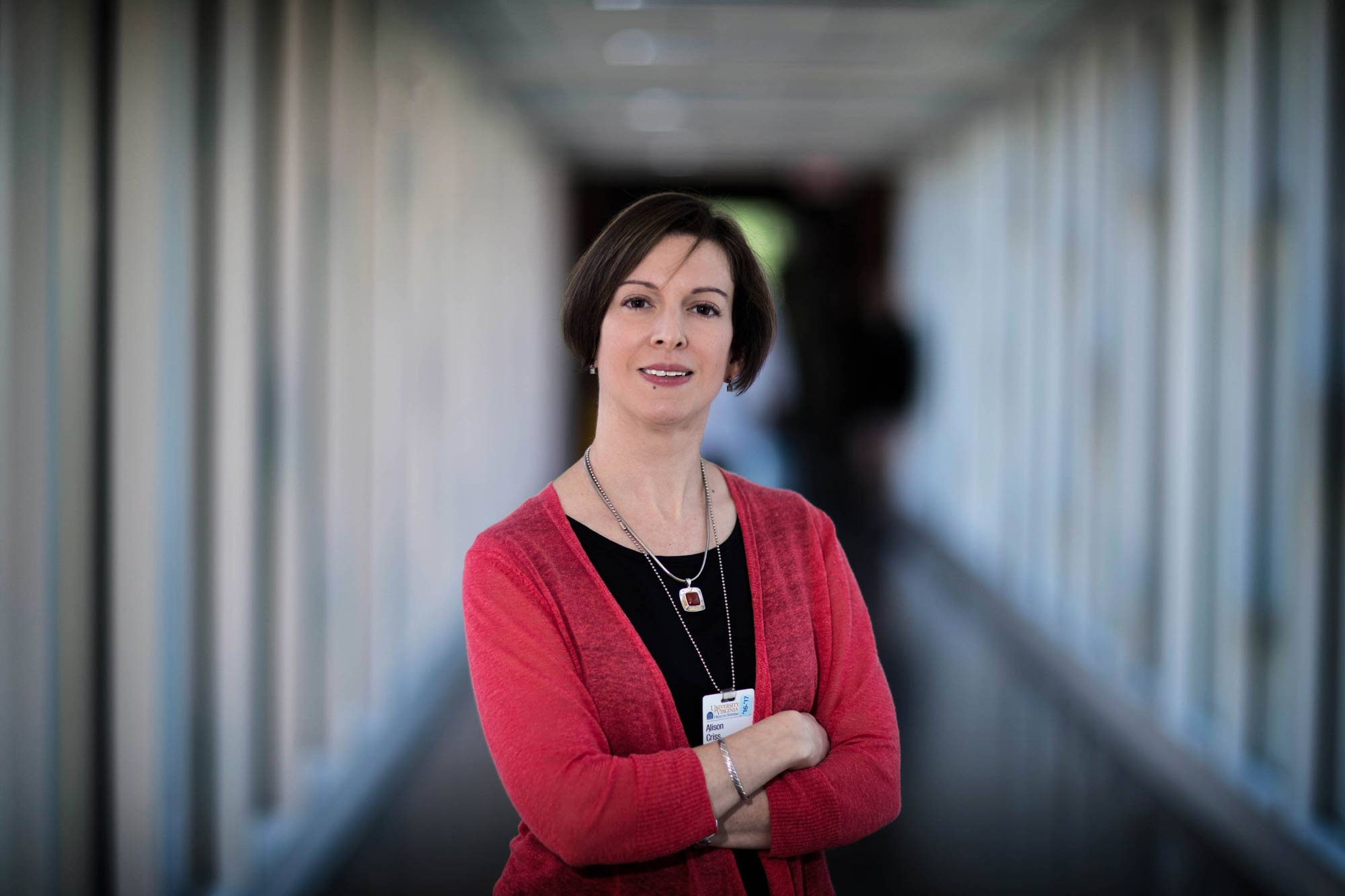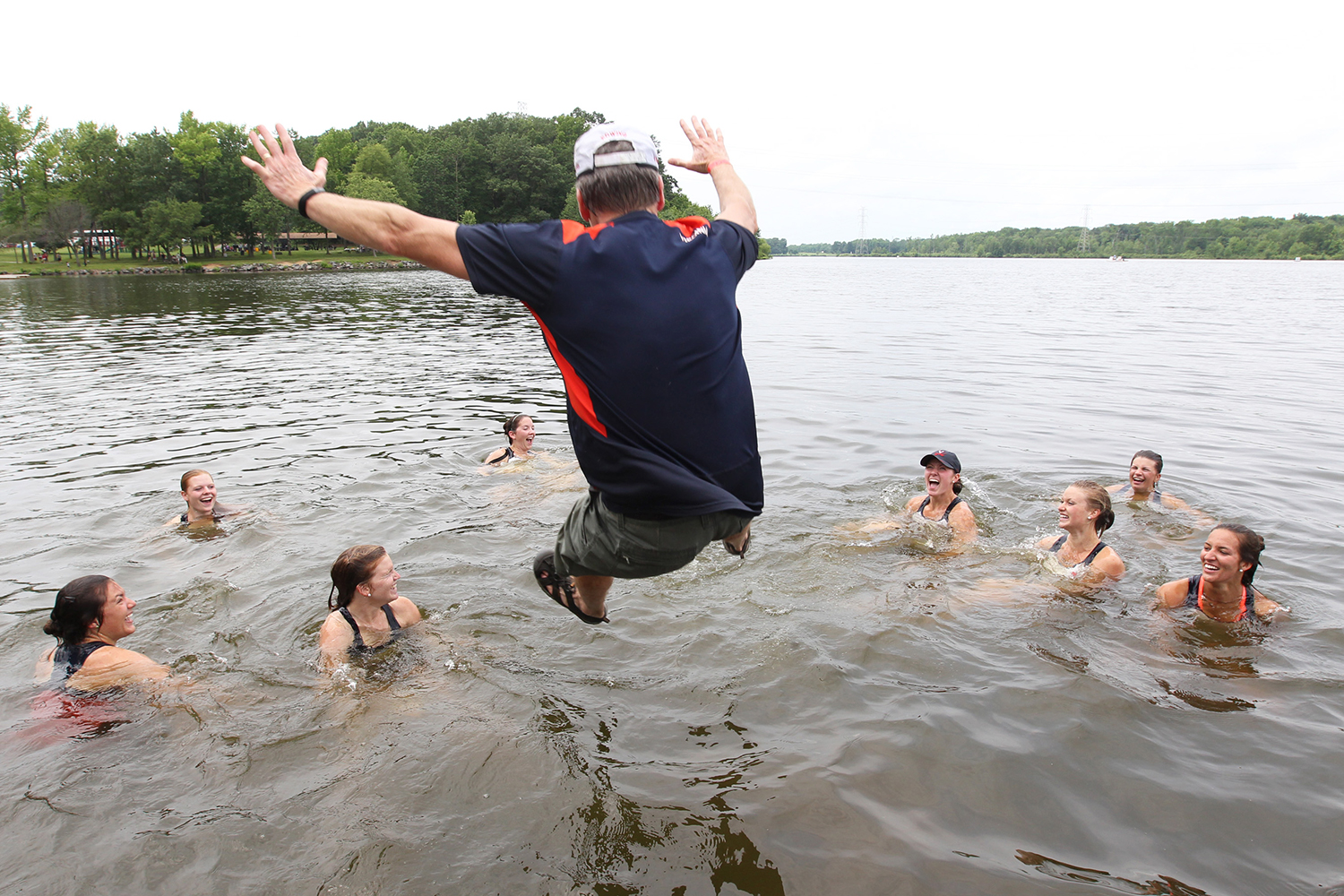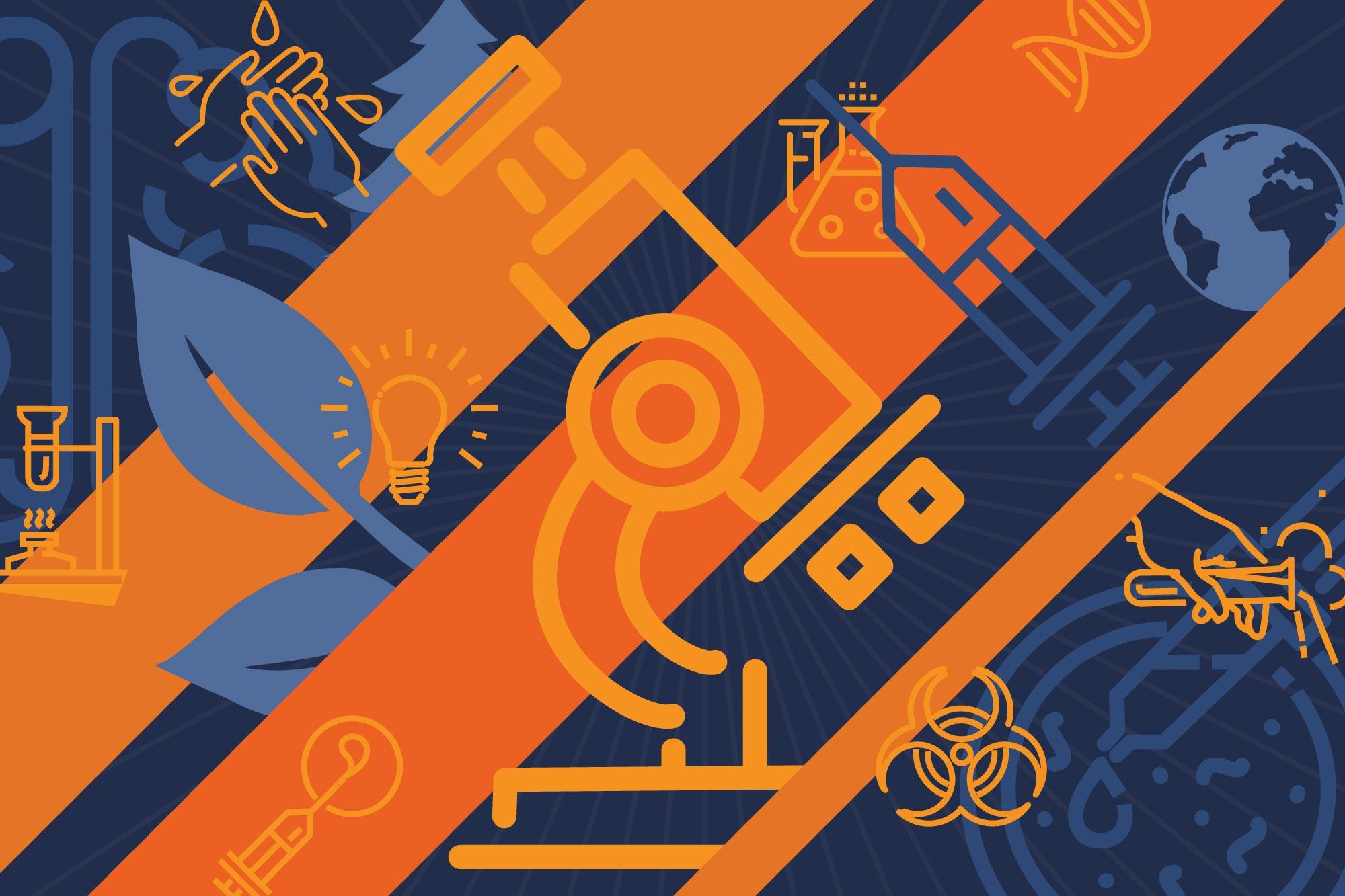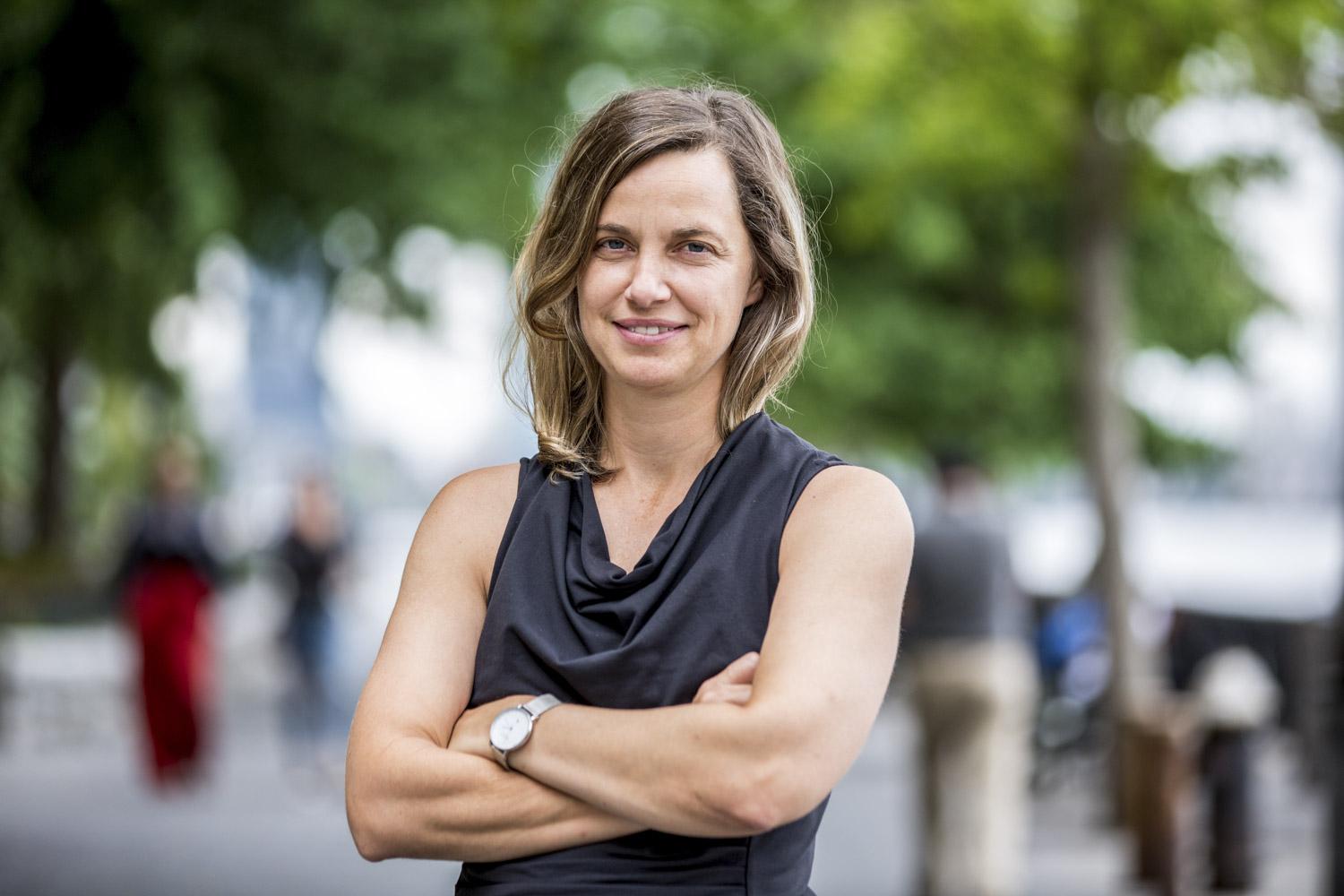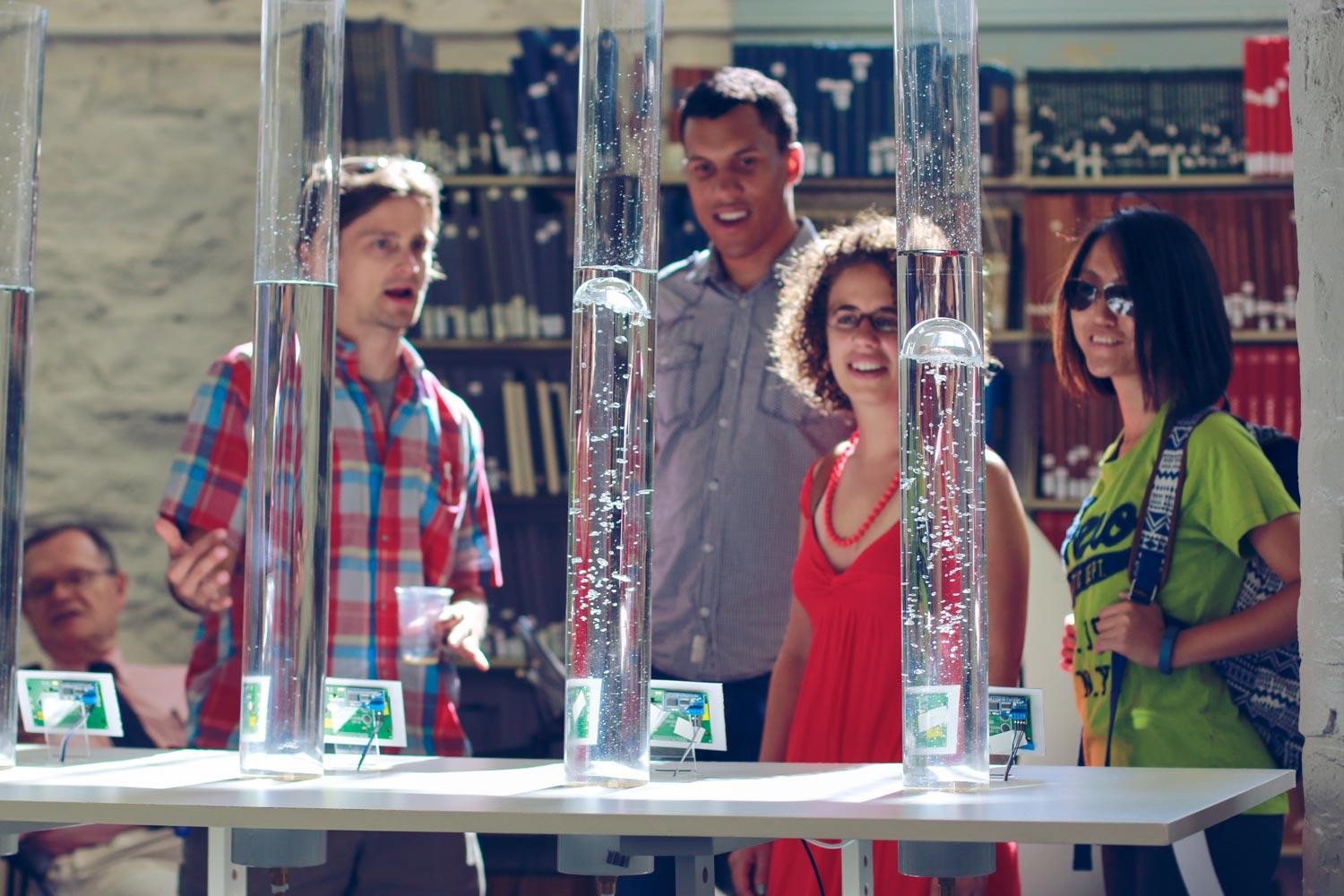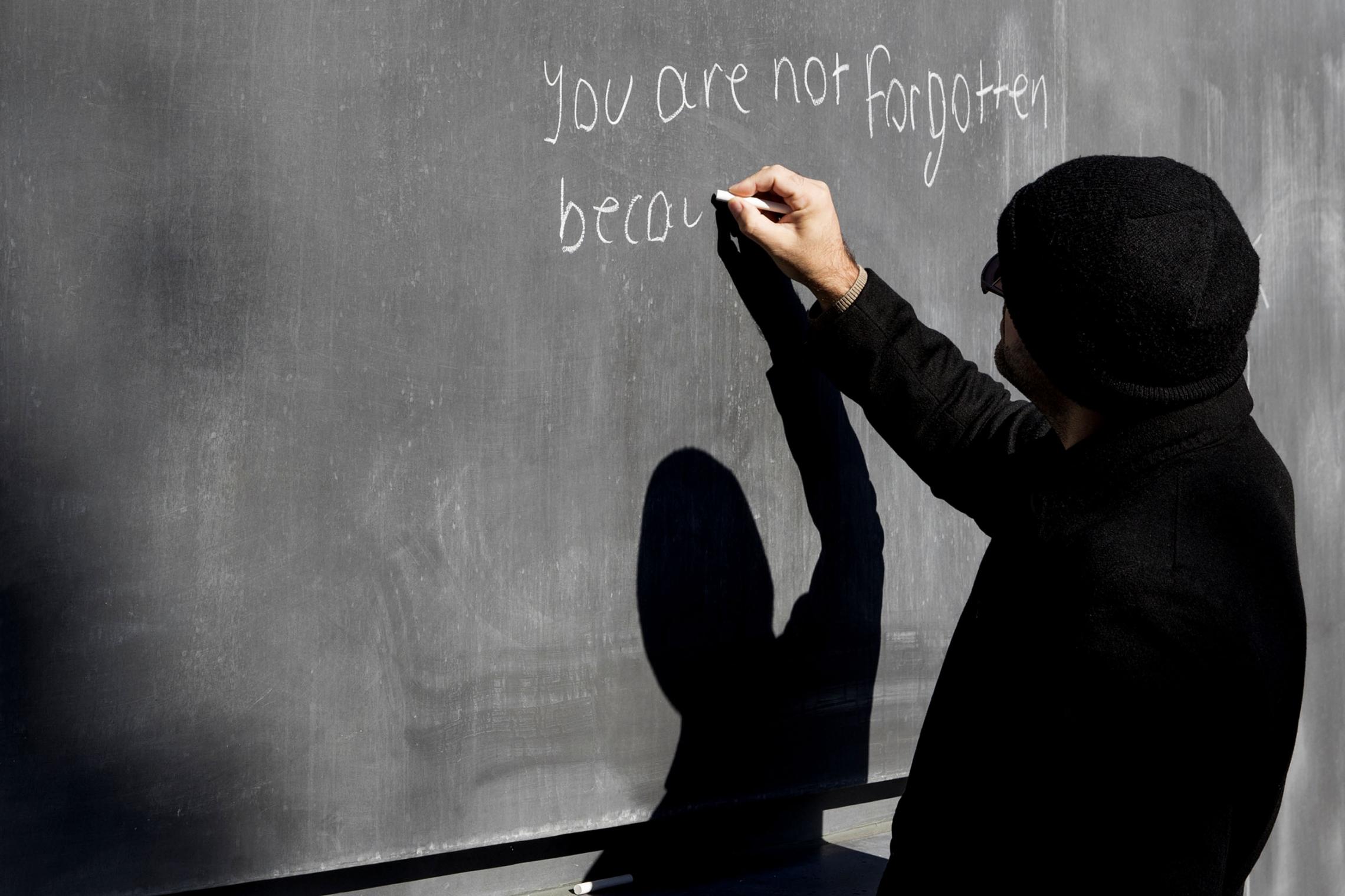Twelve University of Virginia scholars will pursue their work on foreign shores with the help of Fulbright Scholarships this year.
The U.S. Department of State and the J. William Fulbright Foreign Scholarship Board offered the grants to the UVA alumni and graduate students, who will be among 1,900 U.S. citizens – selected on the basis of academic and professional achievement, as well as demonstrated leadership potential – who will travel abroad for the 2017-18 academic year through the Fulbright U.S. Student Program.
The scholarships cover round-trip transportation to the host country; funding for room, board and incidental costs; and health care benefits. In some countries, the scholarship also covers book and research allowances, mid-term enrichment activities, full or partial tuition, language study programs and orientations.
The UVA scholars will teach English in foreign countries such as Brazil, Laos and Colombia or pursue research in international academic centers.
The Fulbright program is the flagship international educational exchange program sponsored by the U.S. government and is designed to increase mutual understanding between the people of the United States and the people of other countries. Its primary source of funding is an annual Congressional appropriation to the State Department’s Bureau of Educational and Cultural Affairs; participating governments and host institutions, corporations and foundations in foreign countries and in the U.S. also provide support. The program operates in more than 160 countries and is administered by the Institute of International Education.
“We’re moving in the right direction,” said Andrus G. Ashoo, associate director of the Center for Undergraduate Excellence. “Our applicant pool is more and more representative of the student body at the University of Virginia and the types of awards available under the Fulbright U.S. Student Program. So it is exciting to see among those who have received the award two students who will pursue a postgraduate degree, at University College London and Yonsei University in South Korea; three alums who will be teaching English, in Bulgaria, Laos and Brazil; and two Ph.D. students who will pursue research in India and Sweden. In addition to students from the College of Arts & Sciences, there are two from the School of Architecture, two from the Frank S. Batten School of Leadership and Public Policy, and two from the Curry School of Education.”
Since its establishment in 1946 under legislation introduced by the late U.S. Sen. J. William Fulbright of Arkansas, the Fulbright program has given approximately 360,000 students, scholars, teachers, artists and scientists the opportunity to study, teach and conduct research, exchange ideas and contribute to finding solutions to shared international concerns.
This year’s recipients are:
• Hayley Anderson of Centreville, graduating with a master’s degree in public policy from the Frank S. Batten School of Leadership and Public Policy’s accelerated master’s program, who will be an English teaching assistant at a federal university in Brazil.
“The Fulbright name carries a lot of weight in the government and private sectors, and I hope that my completion of the award will signal my ability to work and connect with people around the globe.” Hayley Anderson, teaching English in Brazil
“At the Batten School, my research focused on public administration and foreign policy,” she said. “For my final capstone project, I worked with the World Bank to find ways to scale up Brazil’s flagship social welfare program, called ‘Bolsa Família.’ I enjoyed this work because I often got to use my knowledge of Brazilian politics and Portuguese language skills to accomplish the real goal of bringing Brazilians out of poverty.”
While at UVA, Anderson was a Range resident; a member of Volunteers with International Students, Staff, and Scholars; president of the University Dance Club; and a student docent at The Fralin Museum of Art. Anderson will be a federal management consultant for Deloitte in Washington, D.C. when she returns from Brazil. Her eventual goal is to be a management officer in the U.S. foreign service.
“The Fulbright name carries a lot of weight in the government and private sectors, and I hope that my completion of the award will signal my ability to work and connect with people around the globe,” Anderson said. “On a personal level, this is an opportunity to give my passion for language and cross-culture communication a practical focus.”
• Mirenda Gwin of Vinton, a 2015 graduate with a double major in the distinguished history majors program and media studies, who will be an English teaching assistant in Burgas, Bulgaria.
“One of the purposes of the Fulbright program is for young people to grow in cultural fluency and learn to be more understanding of other ways of life,” Gwin said. “I’m absolutely thrilled about the opportunity for learning about the history, culture and educational systems of another country.”
“I really love working with and advocating for kids, and I’m interested in bringing my knowledge about international education back to the United States.” – Mirenda Gwin, will teach English in Bulgaria
While a student at UVA, Gwin was a member of the University Judiciary Committee; Movable Type, an undergraduate media studies journal; Catholic Student Ministries; and the Raven Society. She designed and taught her own course, “All Things Fitzgerald,” to other undergraduates in the Cavalier Education Program. She was an Echols Scholar and received the Kelly O’Hara Scholarship, the Academic Achievement Award for Media Studies and the 2015 Bernard Peyton Chamberlain Memorial Prize for the Best Distinguished Majors Thesis in the Corcoran Department of History.
Gwin worked at a summer camp in North Carolina after graduating, then spent the last academic year teaching at Veritas Christian Academy in Chesapeake.
“It is a classical school with a large international student body, and I have been privileged to teach middle and high school students,” she said. “I really love working with and advocating for kids, and I’m interested in bringing my knowledge about international education back to the United States when my work as a Fulbright is done.”
• Nicholas Budd Fenton of Skillman, New Jersey, graduating with a double major in political and social thought and Russian and Eastern European studies, who will teach English in a university in Omsk, Russia.
“The opportunity to live and work in Russia for a year, where I will be able to explore Russian culture, forge relationships with Russian counterparts and additionally improve my knowledge of the Russian language means the world to me.” – Nicholas Budd Fenton, will teach English in Russia
While a student at UVA, Fenton’s research has focused on a contemporary strand of Russian nationalism called Neo-Eurasianism.
“I looked at the ideology’s historical roots, its current adherents and its broader political implications,” he said. “I found it to be a fascinating intersection of my interests in intellectual history and Russian area studies.”
An Echols Scholar and a Jefferson Scholar, Fenton is a member of Phi Delta Theta fraternity, the IMP and Raven societies and Engage@UVA. He is a recipient of the Hammond Prize for Excellence in Russian Area Studies. A graduate of The Lawrenceville School, he plans to continue his studies of Russia.
“This award is a dream come true,” Fenton said. “The opportunity to live and work in Russia for a year, where I will be able to explore Russian culture, forge relationships with Russian counterparts and additionally improve my knowledge of the Russian language means the world to me. I am confident that my experiences abroad in Russia will serve me immensely as I continue my studies and begin my career.”
• Corey Haynes of Falls Church, a 2016 graduate with a master’s in education from the Curry School of Education, who will be an English teaching assistant in Laos.
“I was an English teacher in Albemarle County Schools while at UVA, taught English for two years with the Peace Corps in Nicaragua and currently teach in Fairfax County,” she said. “I hope to further my teaching career, learning more about Lao/Asian culture and how to incorporate it into a multicultural and culturally responsive classroom.”
• Christopher Hiebert of Vancouver, British Columbia, a religious studies doctoral candidate, who will conduct research under a Fulbright/Nehru student research grant at Namdroling Monastery in the Tibetan refugee community of Bylakuppe, Karnataka State, India.
“The Fulbright-Nehru grant will enable me to conduct six months of intensive research in Tibetan communities in India and will forge numerous professional and cultural connections and contacts.” – Christopher Hiebert, will conduct research in India
“My dissertation looks at the development of Tibetan monastic education in the 19th and early 20th centuries and its relationship to the wider world of Tibetan Buddhist religious practice and patterns of economic and political patronage in Eastern Tibet,” Hiebert said.
A graduate of the University of Toronto with a degree in Buddhist studies, Hiebert is a Buckner W. Clay Foundation for the Humanities Fellow. He plans a career in academia.
“The Fulbright-Nehru grant will enable me to conduct six months of intensive research in Tibetan communities in India and will forge numerous professional and cultural connections and contacts, which will greatly facilitate my academic work in the future,” he said.
• Tiffany Hwang of Richmond, on track to graduate in August with a master’s degree in education from the Curry School of Education, who will teach English in Taiwan.
“Much of my time at UVA has been spent honing my research skills and studying the science of learning from a distance,” she said. “I felt the time was ripe to gain more perspective by stepping into the classroom. Teaching in Taiwan topped my bucket list because I am close to driven, global-minded family and friends who were educated there, and I became curious about the systems that contributed to their success. I look forward to visiting them in Taiwan, learning from my students and using the year to improve my Chinese language skills.”
“I felt the time was ripe to gain more perspective by stepping into the classroom. Teaching in Taiwan topped my bucket list.” – Tiffany Hwang, will teach English in Taiwan
Hwang received a bachelor’s degree in cognitive science and psychology at UVA in 2016 and completed the Teaching English to Speakers of Other Languages certificate program. She has been working with Sara Rimm-Kaufman in the Social Development Lab at UVA’s Center for Advanced Study of Teaching and Learning to develop a science curriculum that integrates service-learning and social-emotional learning.
She also served as a project coordinator and former lab manager at the Child Language and Learning Lab directed by associate psychology professor Vikram Jaswal, where she initiated a partnership with the Science Museum of Virginia to connect with the public and share studies of how children learn. Her research projects have also included collaborating with Embracing Hope Ethiopia, Computers4Kids, the Coordinated Approach to Child Health Program in Virginia and the Living Laboratory at the Virginia Discovery Museum.
She has been an intern and consultant for the Volunteers with International Students, Staff and Scholars program at UVA’s Center for American English Language & Culture; a coordinator of the UVA Medical Center’s English as a Second Language Program for immigrant and refugee workers; and a Madison House youth mentoring program director for the Music Resource Center. She was a College Council department representative, an editor for the Cavalier Daily and a teaching assistant in the psychology department as well as in ESL classrooms for international graduate students.
“I hope this next adventure through Fulbright will help fuel my commitment to building bridges between education research, practice and policy,” she said. “Gaining experience in all three arenas is important to me. After teaching, I would like to explore education policy and continue with research.”
• Libby Lyon of Arlington, a 2014 graduate of the School of Architecture with a degree in urban and environmental planning and a minor in global sustainability, who will study at the Institute of Education at University College London.
“My Fulbright tenure will further prepare me for a career in promoting the health of families and children through food-growing programs in schools.” – Libby Lyon, will study in London
“I will partner with primary schools in London and research the dynamics between cooking and gardening education programs in schools and family food practices at home,” she said. “My Fulbright tenure will further prepare me for a career in promoting the health of families and children through food-growing programs in schools. I am thrilled to have the opportunity to study at the Institute of Education, University College London, alongside researchers at the Thomas Coram Research Unit who are experts in the health and food practices of children and families.”
At UVA, Lyon received a 2013-14 Jefferson Public Citizen Grant to research and implement school-garden education programming at Burnley-Moran Elementary School in Charlottesville, as well as a 2012-13 Community Based Undergraduate Research Grant to research garden-based curricula for elementary school-aged students and developed lesson plans based in various academic subjects to be taught in Charlottesville City Schools.
A founder and student leader of the Burnley-Moran Elementary Garden Club, she was on the UVA Community Garden leadership team and an apprentice at the University’s Morven Kitchen Garden. She was a student leader of the City Schoolyard Garden in Charlottesville, a service member of FoodCorps and a farmers’ market manager for GrowNYC.
She also was a student representative to the UVA Strategic Planning Career Services Working Group; a site leader for Project SERVE, a day of service for incoming students; and a trustee of the Class of 2014.
After the Fulbright, she wants to continue to work with schools to connect kids and families to healthy food.
• Samantha Merritt of Fort Meade, Maryland, graduating with a double major in public policy and leadership from the Frank S. Batten School of Leadership and Public Policy and in foreign affairs from the College of Arts & Sciences (with a minor in East Asian studies), who will pursue a master’s degree in Korean studies at Yonsei University in Seoul, South Korea.
“I knew that to better facilitate mutual understanding between the U.S. and South Korea and to help strengthen critical U.S.-Korean bilateral relations, I would need more than a summer or two abroad to focus on Korean studies.” – Samantha Merritt, will study in Seoul
“This two-year endeavor will give me the opportunity to study South and North Korean politics, economics, history, society, culture and the Korean language, while allowing me to focus on South Korea’s role as a critical partner for peace and stability in the Asia-Pacific region,” Merritt said. “I am especially interested in understanding the national reactions to, and international security implications of, South Korea’s foreign policies toward North Korea, such as [former South Korean] President Kim Dae-jung’s more peaceful Sunshine Policy and President Lee Myung-bak’s more hardline approach.”
While at UVA, Merritt has been a facilitator for the Women’s Asian American Leadership Initiative; a small-group leader and secretary for the Women’s Leadership Development Program; a language consultant for the Volunteers with International Students, Staff, and Scholars; and a member of the Batten Undergraduate Council External Committee and the Rotaract Club at UVA. She has lived at Shea House, a total immersion language dormitory, for the past three years. She received a Critical Language Scholarship for Korean and spent two months last year in Gwangju, South Korea.
A graduate of the Seoul American High School, Merritt plans to work for the U.S. government after graduation, using her Korean language skills, cultural literacy and background in Korean studies while working in the diplomatic or intelligence field in order to assist with advancing U.S. foreign policy and military relations.
“I knew that to better facilitate mutual understanding between the U.S. and South Korea and to help strengthen critical U.S.-Korean bilateral relations, I would need more than a summer or two abroad to focus on Korean studies,” Merritt said. “Fulbright offers this incredible award and it made sense to pursue a total immersion program in the country itself.”
• Sara Pancerella of Manassas, who is graduating with a double major in foreign affairs and Spanish and a minor in Latin American studies, who will be an English teaching assistant at the Universidad Nacional in Manizales, Caldas, Colombia.
“One of the most important aspects of my grant is that I will be a cultural ambassador for the United States.” – Sara Pancerella, will teach English in Colombia
“While I’m there, I will also be developing a social project, which will be determined once I arrive, to work on for the duration of the grant,” Pancerella said. “One of the most important aspects of my grant is that I will be a cultural ambassador for the United States.”
A member of the Sigma Delta Pi Spanish Honor Society, she has been a Spanish tutor for the past two years, a Madison House volunteer as an English as a second language classroom assistant, and a language consultant for Volunteers with International Students, Staff, and Scholars this semester. A graduate of Stonewall Jackson High School, Pancerella wants to continue her studies on Latin America.
“I definitely plan to pursue a master’s degree following the Fulbright with a regional focus on Latin America, possibly Latin American studies itself,” she said. “Before I jump into that, I would like to take a year or two off to work, gain more experience and save up money for my degree.”
• Melissa Roggero of Venice, Florida, a 2014 graduate with a degree in foreign affairs and a minor in French, who will be teaching English-language and American culture classes at a federal university in Brazil.
Roggero, who has been working as a Peace Corps English Education Volunteer in Ozurgeti, Georgia, eventually plans to return to graduate school.
“After the Fulbright, I hope to return to school to get my master’s degree and eventually work in international development and education policy,” she said. “I want to eventually work in international educational policy, so working within a different educational framework will be very important.”
• Elizabeth Doe Stone of Concord, Massachusetts, a Ph.D. candidate in art and architectural history in the McIntire Department of Art, who will conduct archival research in Stockholm and Mora, Sweden, at the National Museum, the Zorn Museum and Stockholm University.
“My dissertation, ‘Cosmopolitan Facture: John Singer Sargent and Anders Zorn, 1871-1915,’ situates these two painters in relation to one another and locates their artistic experimentation within a broader community of international artists, sitters and philosophers at the turn of the century,” she said. “I knew that my dissertation research necessitated prolonged engagement with archival material, so the Fulbright research grant was a perfect fit.
“On a personal level, I was drawn to the Fulbright’s diplomatic mission and I look forward to the cultural immersion it facilitates.”
Stone, who earned a bachelor’s degree in art history from Dartmouth College in 2012, has had her research at UVA supported by the Institute for the Humanities and Global Cultures, the Center for Global Inquiry and Innovation, the Dumas Malone Fellowship, the Rare Book School, the Double Hoo Research Grant and the Arts, Humanities and Social Sciences Summer Research Fellowship. She plans to teach as a college professor.
• Mitchell Wellman of Marietta, Georgia, graduating with a dual major in political and social thought and Spanish (linguistics and philology track), with a minor in economics, who will teach English to high school students in Madrid and conduct linguistic research.
“Learning a language is more than just remembering words and grammar; it’s about experiencing the culture and the people who utilize that language.” – Mitchell Wellman, will teach and research in Madrid
“This scholarship will provide me a great opportunity to apply classroom experience in the real world,” he said. “Learning a language is more than just remembering words and grammar; it’s about experiencing the culture and the people who utilize that language. I believe the Fulbright program offers all of these things.”
Wellman was a Lawn resident and a member of the University Judiciary Committee and the Raven Society. He was an assistant managing editor of the Cavalier Daily; founder and executive editor of Q* Anthology of Queer Culture; and a student lecturer in the “Everyone’s a Journalist” course offered by the Cavalier Education Program. An Echols Scholar, Wellman also received a 2017 Reider Otis Endowed Prize, presented by the UVA Serpentine Society, for advancing rights of the LGBTQ community. He earned a 2016 Wyatt Family Fellowship for Spanish Distinguished Major Program thesis research in Barcelona, Spain, awarded by the UVA Spanish Department. He was a digital producer for the USA TODAY College section this spring. A graduate of Carl Harrison High School, he plans to attend law school and focus on education policy.
